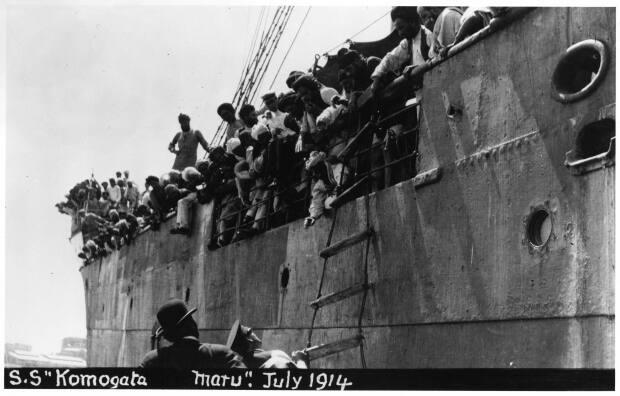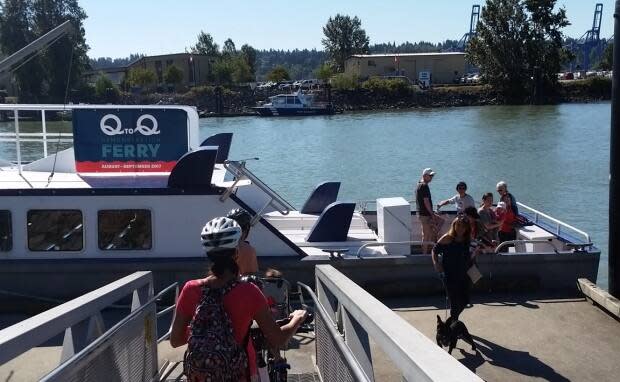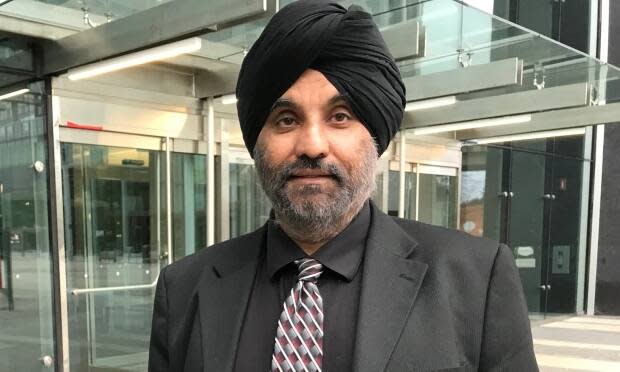New Westminster ferry terminals to be renamed in honour of victims of Komagata Maru incident

More than a century after the Komagata Maru arrived carrying hundreds of South Asian immigrants who were forbidden to step foot in British Columbia, New Westminster city council has passed a motion to rename the city's ferry docks in memory of the hardships endured by those on board.
The Japanese steamship was chartered by wealthy Sikh businessman Gurdit Singh, who was then living in Hong Kong, and its passage was a direct challenge to Canada's racially discriminatory immigration rules.
When it arrived In Vancouver in May 1914, the ship was immediately greeted by immigration officials who refused to let its passengers, most of whom were Sikhs, disembark.
Although the vessel was detained in Vancouver, New Westminster council has voted unanimously to rename the city's ferry terminals to commemorate the incident.
The Q to Q ferry carries passengers between Queensborough and the New Westminster Quay and according to council documents, the terminals are symbolic because they represent access to the land that was denied.
"We are very happy," said Raj Singh Toor, vice-president of the Descendents of the Komagata Maru Society, speaking Tuesday on CBC's The Early Edition, about Monday's council decision.

A painful past
The society consists of 15 families all over Canada who are direct descendants of the passengers, Toor's grandfather among them.
After being refused by the Canadian government, the Komagata Maru was forced to return to India and was met by British soldiers. Twenty passengers were killed and others jailed following an ensuing riot. Toor's grandfather spent five years in prison.
"A very, very painful, very hard time," said Toor, adding that passengers sometimes went up to three days while anchored off the coast without access to food or water.
Toor first asked the city to recognize the Komagata Maru incident in 2019. In October of that year, he shared his grandfather's story with council and asked for a park or street or something civic to be named in memory of the passengers's ordeal.
Toor told CBC that after he spoke, council agreed to look into whether the New Westminster South Asian community helped support the ship's passengers and said if this proved to be the case, action would be taken.

On Monday, staff reported back its research found a man, Met Singh, who lived in New Westminster in 1914 and belonged to The Shore Committee — a group of B.C. residents that organized to support Komagata Maru passengers through fundraising efforts, legal services and the provision of food and water.
It was enough proof for staff to recommend council consider naming the ferry docks and the motion passed unanimously.
An exact date has not yet been set for the renaming. Toor says the gesture means a lot to him.
"It's a great reminder for New Westminster residents ... how we can learn from the past to create a better British Columbia."
LISTEN | Raj Singh Toor talks about what it means to have the city of New Westminster commemorate the Komagata Maru incident:

